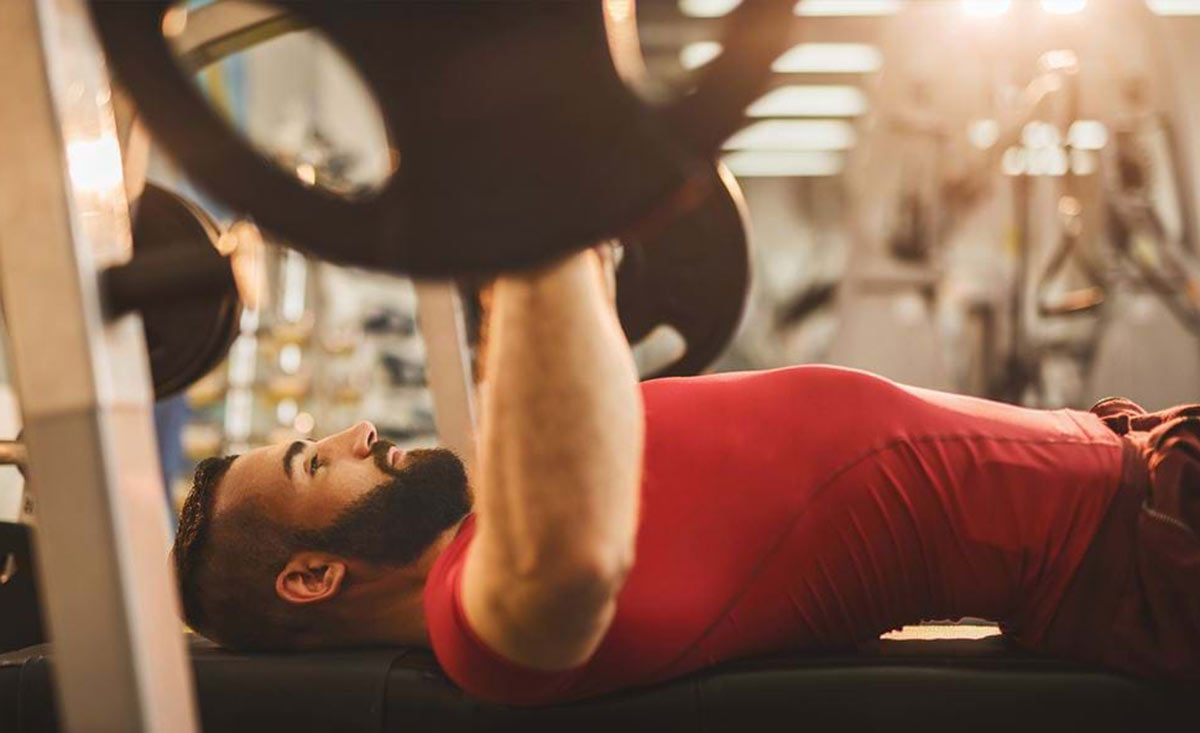A Beginners Guide To Bulking And Cutting
Ever since the glory days of bodybuilding, when figures like Arnold Schwarzenegger dominated the muscle scene, “bulking” and “cutting” cycles have been a way for some gym goers to change their physique.
A bulking cycle is a time when you’re eating a surplus of food and lifting heavy weights to build muscle mass.
Since fat gain almost inevitably comes alongside muscle gain, the other part of the equation is the “cutting” cycle, where you eat at a caloric deficit and modify your workout routine to burn the maximum amount of fat while holding onto as much of your hard-earned muscle and strength as possible.
If you’re new to these well-worn bodybuilding concepts, here are some tips for how to bulk and cut successfully.
Bulking For Beginners
Eat at a caloric surplus
The first thing to keep in mind when bulking is that you should be eating a caloric surplus to promote significant muscle growth.
When you eat at a caloric surplus, your body will be in an “anabolic” state. This means that it’s in a growth phase where new tissue will be constructed, including muscle and bone among other things.
Your caloric surplus should be controlled. You should eat slightly above your “maintenance” calorie needs, but shouldn’t overdo it. If your strength and weight are slowly rising, with minimal fat gain, that’s a good sign.
Eat moderate protein and fat, and a substantial amount of carbs
Low-carb diets are popular for various reasons, but they’re not a great strategy for bulking up. When you’re bulking, your body needs the glycogen produced by carb-consumption to power heavy lifts.
The insulin spikes associated with high carb intake also play some role in promoting muscle growth, which is why elite level bodybuilders often inject insulin directly.
Although protein is usually thought of as the number one macronutrient required to build muscle, evidence shows that your bulking protein requirements are lower than you might think.
Research has found evidence that around 1.3-1.8g of protein per kg of bodyweight is the highest threshold where protein intake seems to improve body composition during a bulk.
In other words, an 80kg person would need to eat between 104g – 144g of protein during their bulk to keep gaining muscle, far less than is usually recommended.
Fat intake should be kept moderate for proper hormonal balance.
Lift heavy and focus on a moderate rep-range
As the point of bulking is to pack on muscle, it’s important to lift heavy in a moderate rep range of about 8-12 reps per set.
Base your workouts around compound lifts like the squat and bench press, and add in assistance exercises to focus on particular muscle groups.
Emphasise steady progress in your lifting.
Learn more on how to build muscle here.
Avoid “dirty bulking” to avoid excess fat gain
“Dirty bulking” refers to eating junk food to bulk up. Not only is this bad for your health, but it also promotes greater fat gain, which makes your cutting phase harder. Try to avoid this common pitfall.
Cutting For Beginners
While bulking focuses on creating a calorie surpluse, the aim of cutting is to be in a caloric deficit. The body breaks down fat to use as energy to fill in the deficit, leading to fat loss. Weightlifting is used to maintain muscle built in the bulking cycle to help create a toned, muscular physique.
Don’t rush weight loss
While it can be tempting to create a huge calorie deficit, having too low calories can lead to the body breaking down muscle instead which is counterproductive to the bulking and cutting cycle. Extreme diets are also less sustainable, and can lead to malnourishment.
The best way to approach cutting is through a moderate (around 5-10%) calorie deficit, and prioritising nutritious food that will help you to get the nutrients you need to be healthy.
You can learn more about weight loss here.
Add calorie burning cardio to your routine
Strength training is important while cutting to maintain muscle built during the bulking cycle, but adding cardio will help to increase the calories burnt and make weight loss easier.
This could be as simple as adding 10-20 minutes of cardio to your current workouts, or swapping out one strength training workout for a long cardio or HIIT session.
Increase your NEAT
NEAT refers to the energy expended (calories burned) for everything you do that isn’t sleeping, eating or exercise, such as house work, walking to the shops, and fidgeting. Increasing your NEAT can be a great tool for weight loss, without leaving you low on energy.
Eat plenty of protein
Good protein intake is key when cutting as it can help to prevent muscle loss during your calorie deficit. Eating protein can also help you to feel full which can make it easier to stay on a calorie deficit.
Continue to strength train
Strength training will help to prevent muscle from being wasted while on a calorie deficit, which will ultimately result in a toned and muscular physique. You’re unlikely to see significant gains while cutting due to lower energy intake, but youc an expect to maintain your progress.
Cutting and bulking is not for everyone, but it can be a good tool for body recomposition. These tips will help you to assess if bulking and cutting is right for you, and how to get started if so.
Get access to the best gym kit for your workouts at one of our 40+ fitness studios here.
